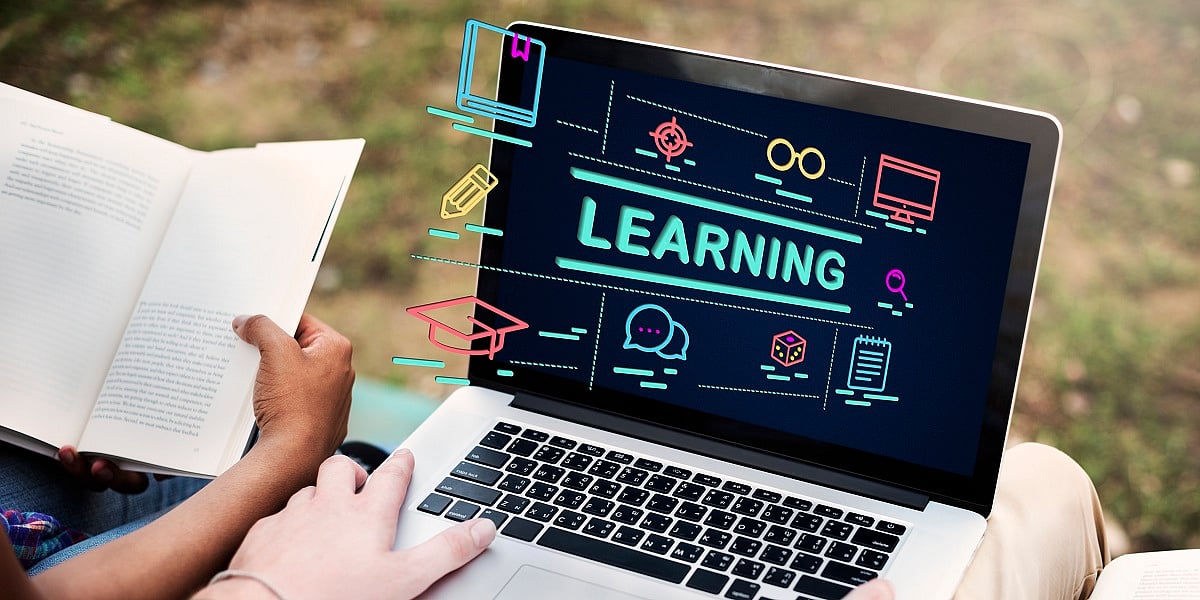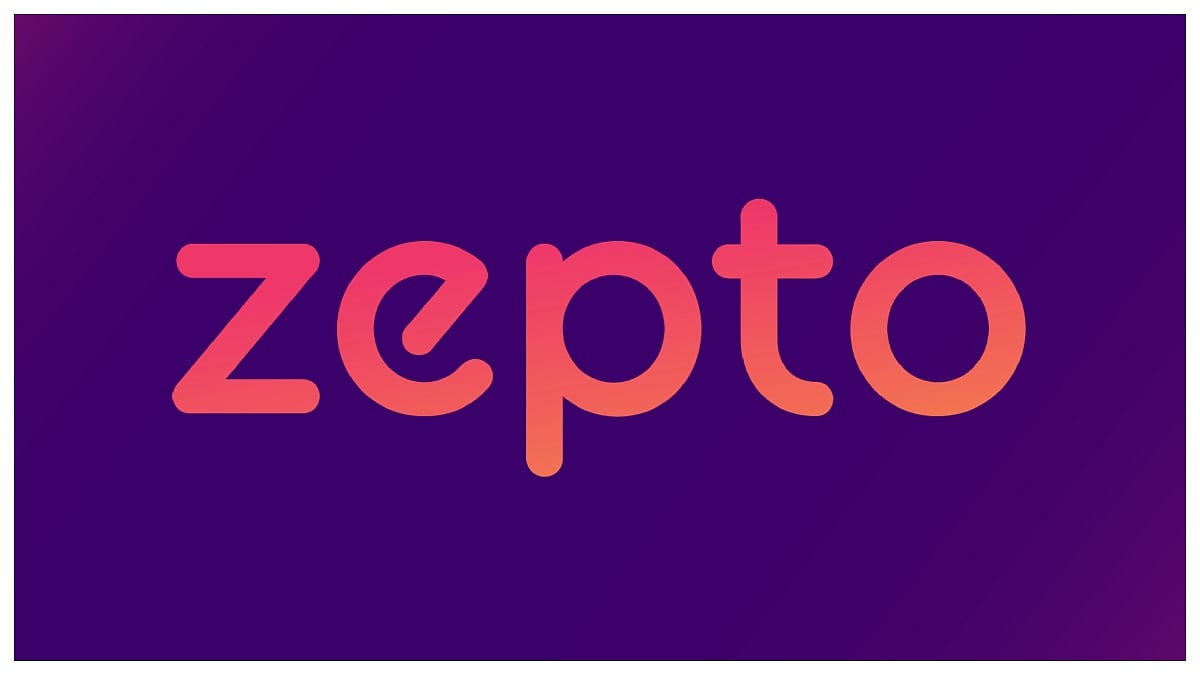The synergy of technology and education has transpired for over decades now, encouraging the consumption of education through different means. The advent of EdTech has abetted accessibility and greater reach via the internet. Based on reports, the internet penetration in India is expected to reach 45% by the end of 2025, and the digitalization of education remains one of the primary agendas of the government. The emergence of various e-learning portals has come into existence to tackle the shortcomings caused by the pandemic, further creating newer avenues for learners all across the nation.
Educational institutions stepped up with modernized technology in teaching practices, techniques, and curricula. The pandemic has accelerated digital adoption, and parents have seen technology’s value, needs, scope, and power in providing a holistic education. Hybrid learning models add immense value to the traditional educational systems through technology enablement. The EdTech boom, as we notice today, is the result of the openness of all stakeholders – students, parents, teachers, public and private schools. As per a report released by DataLabs by Inc42, almost 186+ EdTech startups with a significant growth spurt registered in 2020 primarily driven by the K-12 segment.
EdTech has the potential to fill up the existing learning gaps and surpass any physical barriers. Following are a few leading technologies that have enabled various schools proactively introduce holistic and international education standards for students:
Device-based learning: Learning technologies helps students study more effectively and track their progress in real-time by measuring their learning outcomes. Interactive devices encourage them to participate in active learning, develop critical thinking skills, and improve concept memory. E-learning solutions for smartphones also provide excellent teaching tools, allowing students to learn at any time and organize their tasks.
Introduction of LMS: A Learning Management System (LMS) is web software that allows you to create, deliver, track, and report on educational courses and outcomes. As an e-learning platform, many schools have discovered numerous advantages of using LMS. Post-COVID, they have become a critical component of any hybrid or distance learning setup. Whether it is daily communication, keeping track of assignments, or even conducting mock evaluations, LMS has introduced so much flexibility and convenience both to students and teachers. Integrated learning tool like ManageBac has become the first choice of many IB schools in India.
Interactive boards: The growing use of interactive boards in schools comes as no surprise. An interactive smartboard, often known as an electronic whiteboard, is a teaching technology that uses a digital projector to project graphics from a computer screen onto a classroom board. Using a tool, the teacher or a student can “interact” with the graphics on the screen with a simple touch. This makes the entire classroom experience highly interactive and exciting.
Artificial Intelligence-based learning: Artificial Intelligence (AI) is undeniably paving the way for the future in many industries. The pandemic has also revealed new technological breakthroughs and enhancements for effective and efficient performance. The system will gradually become faster by integrating artificial intelligence into customized instruction, evaluation, and progress analysis.
Solutions focusing on learning outcomes will pave the way for the future of education: EdTech offers numerous benefits, such as learning tailored to each student’s individual needs, allowing them to regulate the pace and iterations to improve their topic knowledge. With the use of simulation and augmented reality tools, EdTech is making significant progress in the academic realm, transforming traditional methods of imparting knowledge into a comprehensive learning system.
As per World Economic Forum (WHF), EdTech now stands to revolutionize the existing education structure. The use of AR, VR, and AI technologies contributes to the effectiveness of learning but makes it more accessible. EdTech’s most significant promise is increasing everyone’s access to quality education, regardless of where they are, bringing the best education to the students for a better tomorrow.
(The writer is the Founder of Knowledgeum Academy)












